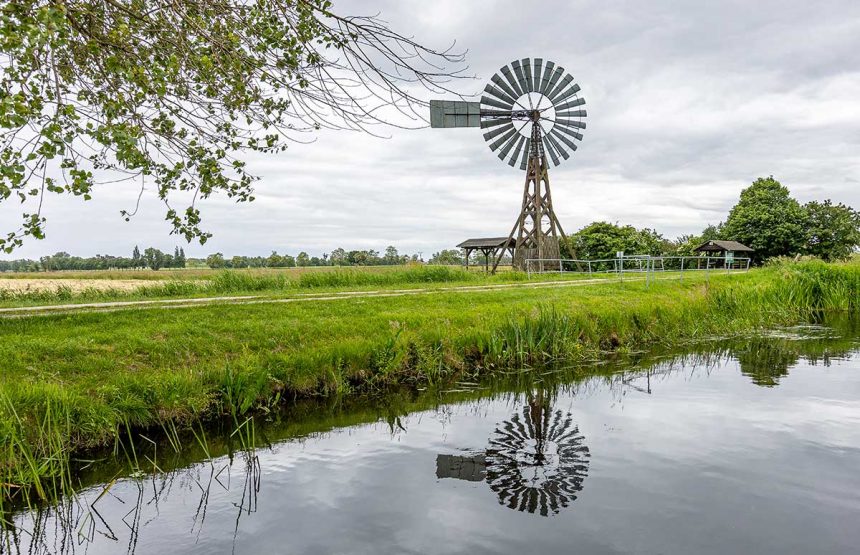On Earth Day, let’s shift our perspective on climate change to focus on the earth beneath our feet, not just the sky above us. The role of plants, soils, and climate moderation is often overlooked in the discussion of greenhouse gases. Human activities are not only loading the air with greenhouse gases but also drastically altering our land and sea. We must address the disturbances causing water to rush to the sea and disrupting the balance.
By restoring Earth’s health through better water cycles, water vapor, and cloud cover, we can make immediate impacts. Starting in our yards and neighborhoods, natural grasslands play a crucial role in restoration by pulling carbon dioxide from the air. By maintaining natural lawns, we can support healthy soil ecosystems and reduce greenhouse gas emissions.
Forests also play a vital role in climate moderation, with old-growth forests holding double the volume of carbon and water compared to younger forests. Forests release water vapor that cools the air during the day and warms it during the night. However, deforestation has led to a decline in cloud cover, affecting the planet’s temperature regulation.
Our ecosystems are interconnected, cycling carbon, nitrogen, and water. Small changes can have significant effects on the environment. By halting deforestation and promoting the growth of vegetation and healthy soils, we can restore the balance. This Earth Day, let’s expand the narrative on climate change to include the crucial role of our forests, plants, and soil in environmental health.






